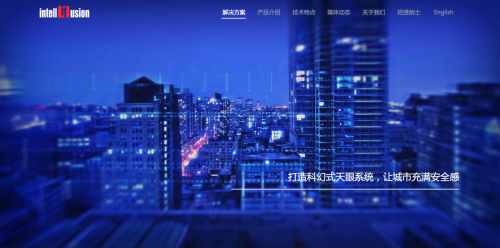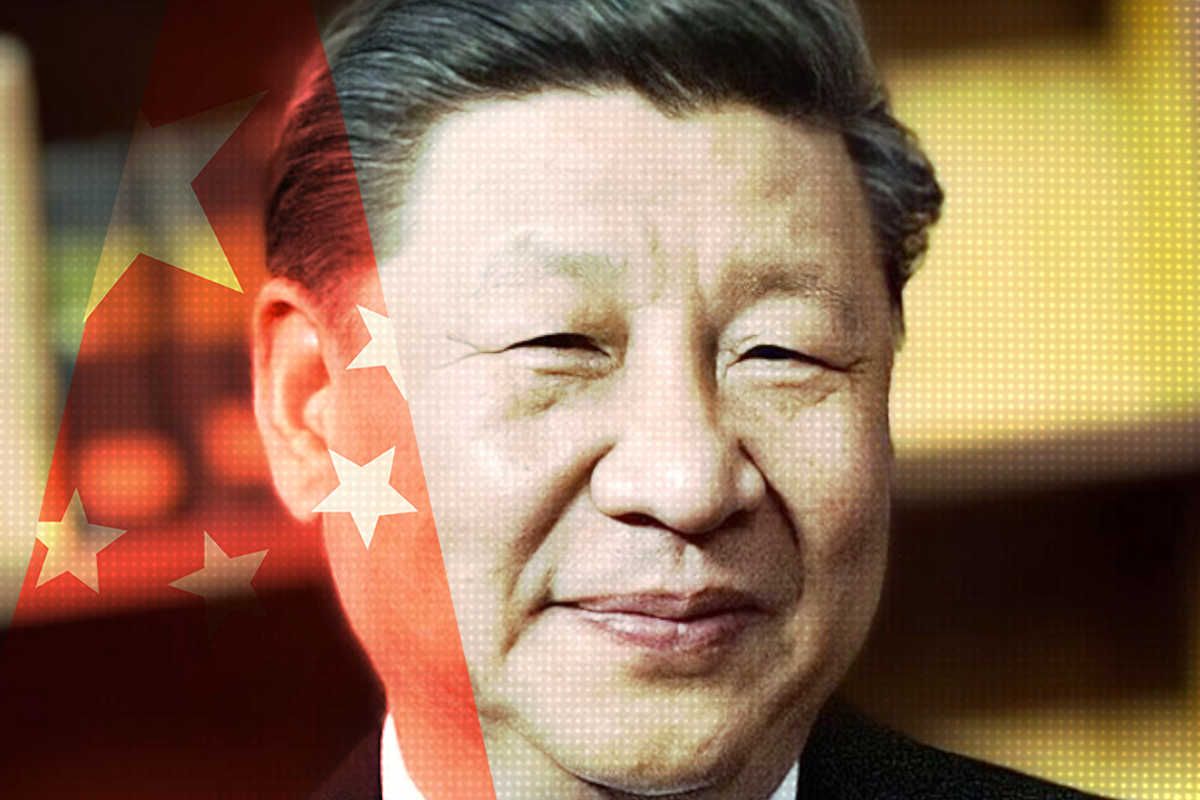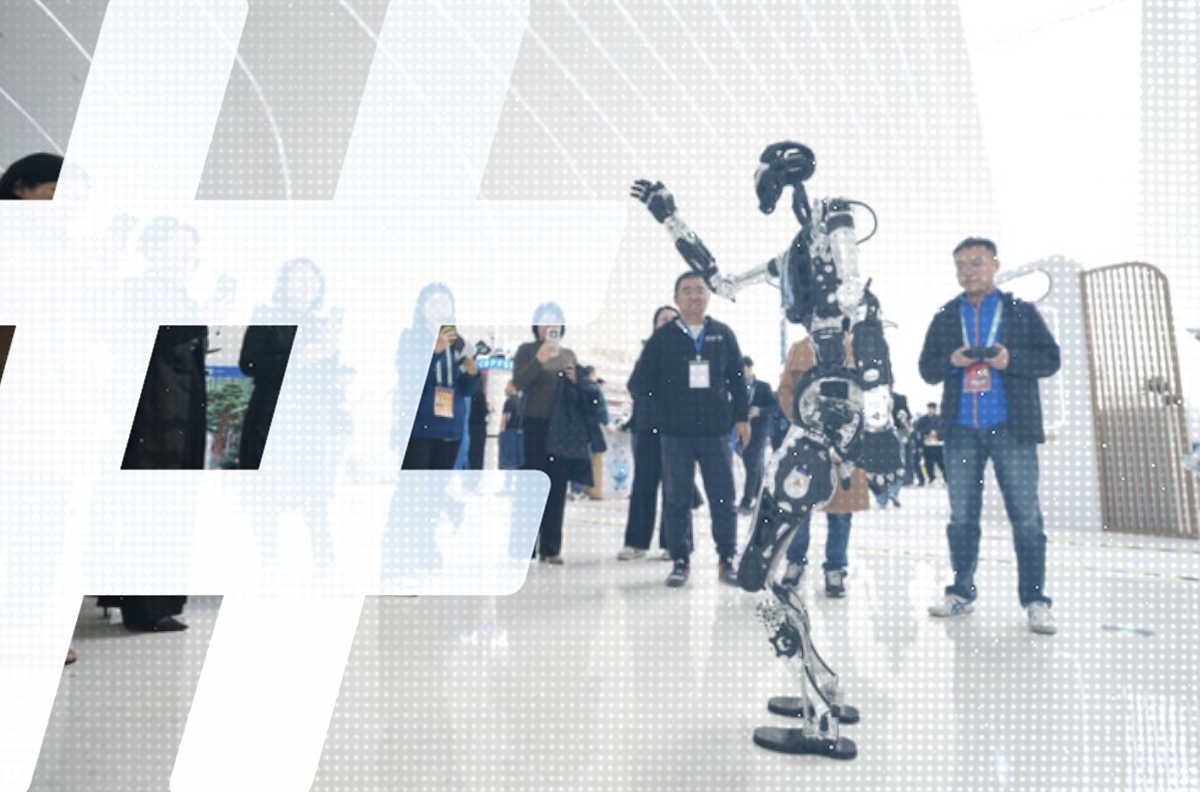A near tragedy unfolding earlier this year on the outskirts of the bustling Chinese business hub of Shenzhen offered both a promise and a stark warning about the power of big data.
At roughly 4PM on January 26, a man walked into the local police station in Shenzhen’s Longgang District to report that his three-year-old had gone missing. The child, it was feared, had been abducted by child traffickers — a frightfully common problem in China, where it is estimated that tens of thousands of children are kidnapped and sold every year. Police leapt into action. They quickly obtained video footage, captured by an unspecified surveillance camera, showing a middle-aged woman making off with the child. Next, they isolated an image of the suspect’s face, which they ran through a facial recognition program, “locking down [the woman’s] identity,” as Chinese media later reported. Finally, learning that the woman had boarded a train for the city of Wuhan, police were able to intercept her upon arrival, rescuing the child. The entire saga, from the first police report to the location of the abducted child, lasted just 15 hours.
Naturally, we should breathe a sigh of relief, along with the child’s parents, at this happy outcome. At the same time, however, we should read between the lines, recognising the immense potential for abuse in these 21st century reservoirs of big data that can be trawled for information about each and every one of us. Sure, criminals might be exposed — but then, so might we all be.
In many respects, China leads the world in the application of big data and machine learning to questions of law enforcement and social control. The above success story tells us that local police in China have expedient access not just to residential and other surveillance cameras, but also to national identity databases that can be matched in real time against train or other ticket purchases requiring identification. This, in fact, is just the tip of the iceberg. China is now applying a big data approach to every manner of problem, betraying a dangerous faith in the liberating power of technology, with no public discussion whatsoever about how these assumed advances might entrap citizens within the all-seeing lens of state-controlled machine data.
China is certainly not alone in the development of such technologies. But it stands apart in their actual deployment, which is happening quickly and in the utter absence of scrutiny.
In April this year, Intellifusion, the company whose facial recognition technology was behind the child abduction breakthrough, worked with traffic police in Shenzhen to install a new jaywalking detection system exposing pedestrians who cross the street in violation of traffic laws. The system, based on facial recognition technology, apparently maintains a database of pedestrians — so that it can search out, instantly, repeat offenders. Shenzhen traffic police are also trialing the use of sonar imaging technology that could help combat what the China Daily newspaper calls the “annoying misuse of car horns” in heavy traffic by isolating the offending vehicle and capturing images of both the vehicle plate number and the driver, who may receive surprise notification of a fine of around 65 Euros.
In an interview earlier this year, Intellifusion co-founder and CEO Chen Ning gleefully reported that his firm was now working on technologies to predict criminality. “Some clients, as they come to understand Intellifusion’s technology system, will raise a concept from science fiction: prediction of criminality,” said Chen. “A few months ago, we began research in this area, which is basically about digging clues out of big data and then setting a number of behavioral parameters. In fact, right now we can do this to a certain extent, making predictions about behaviour.”

But Intellifusion’s vision is little more than an echo of the much grander vision of China’s government and its public security apparatus. The country’s most ambitious, and most chilling, application of big data comes with its plans for a comprehensive national “social credit” system that by 2020 that would rate all citizens on the basis of wide-ranging data parameters, including spending patterns, personal behavior (like running red lights or honking too loudly) and online and social media activity. The plan, first outlined in 2014, would assess the credit-worthiness of citizens across four areas, including commercial activities, judicial records, administrative affairs and social behavior.
Building of the system was accelerated in 2016 as more than 40 institutions — including the police, the courts, the land and transport ministries, the railway ministry and the People’s Bank of China — agreed to the broad sharing of information about citizens within their respective systems. In one documented case this year that illustrates the implications, a Shenzhen resident was denied purchase of a plane ticket because his father had defaulted on a debt for a company in which the son owned shares.
Increasingly, private companies are joining the push for information cross-sharing. Back in April, 10 bike-sharing companies in China signed a pledge to share information on their consumers with the National Development and Reform Commission (NDRC), the agency responsible for overall strategies of national economic and social development, and a key force behind the development of the social credit system. Bike parking behavior and misbehavior could now be just one more data point in China’s social credit universe. Never to be outdone on innovative social control, the city of Shenzhen announced already last year that it was drafting plans to link illegal bicycle parking to personal credit records, and that data from bike-sharing companies might be part of that plan.
In a common refrain, one NDRC official told state media recently that a national social credit system is in the interests of everyone. Official state media constantly push the moral dimension of these tech-driven initiatives, which they say are about building a “sincerity culture.” The overriding interest, though, is that of the government. The national blueprint introduced three years ago states clearly that the strategy is about, in addition to building the “socialist market economy,” achieving “social harmony and the long-term peace and stability of the nation.”
But how, ultimately, can you ensure the integrity of a government-designed and operated system of imposed integrity when the government implementing the system faces no scrutiny from those being watched and monitored?
The answer, almost certainly, is that you can’t. The apparent offer on the black market of highly personal information already housed in government and police-run databases, exposed through a rare Chinese newspaper investigation last year, suggests that when integrity is digitised, it is just as quickly commoditized.
But China’s answer, for now, to this fundamental question for citizens of the 21st century is: Watch us and see.
This article previously appeared in Germany’s Die Tageszeitung newspaper.





















